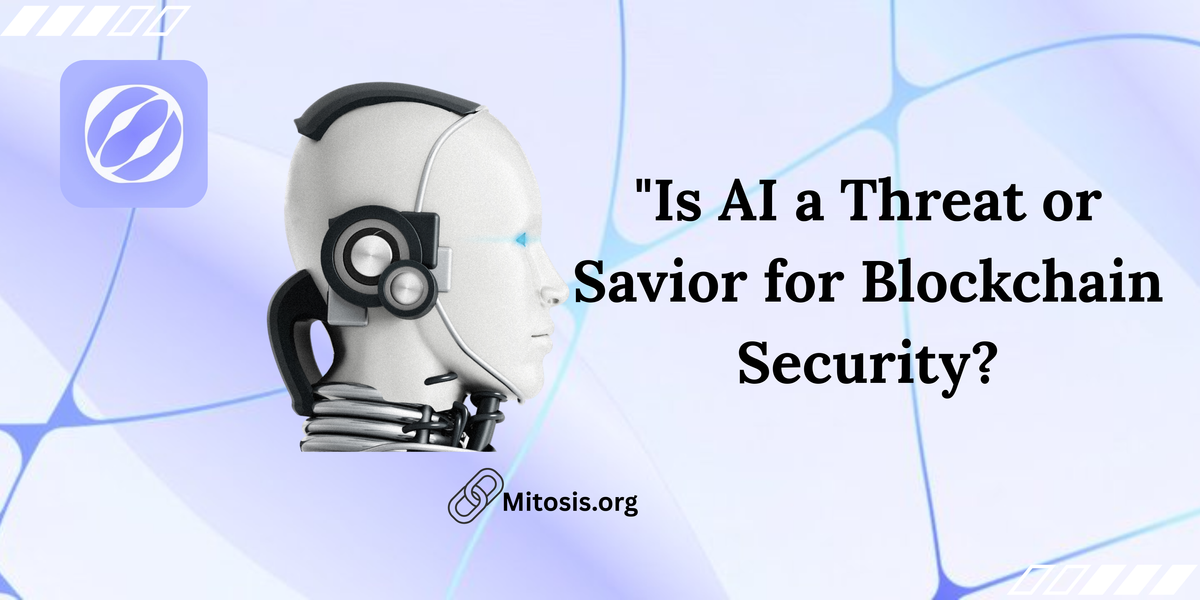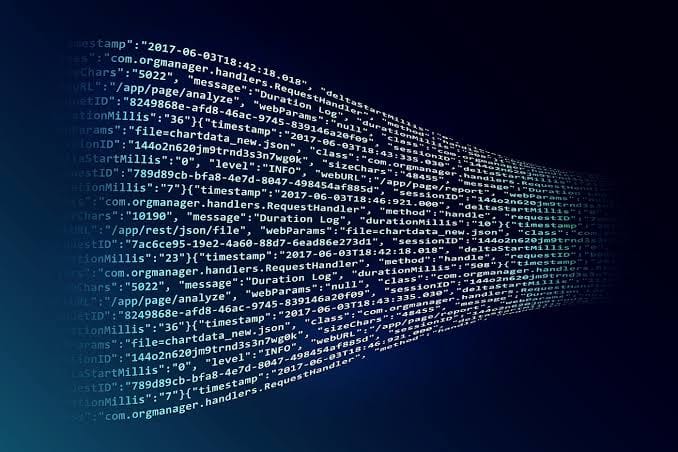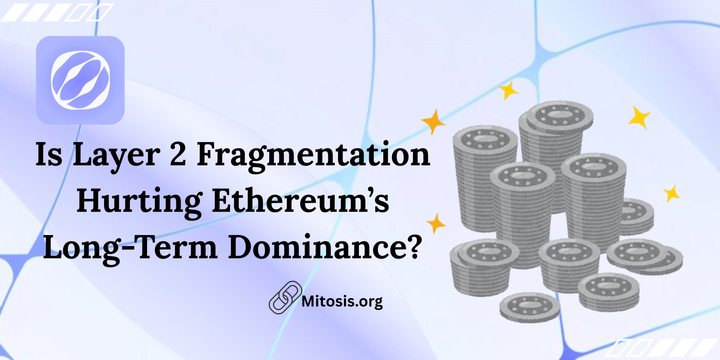"Is AI a Threat or Savior for Blockchain Security?

Artificial intelligence (AI) presents a double-edged sword for blockchain security: while adversarial AI tools can automate attacks, such as smart-contract exploit discovery, data poisoning of oracles, and large-scale Sybil account creation, AI-driven defenses offer powerful real-time threat detection, anomaly monitoring, and automated smart-contract auditing that can outpace human capabilities. Reports note that security remains a top concern in blockchain networks, yet AI-powered threat detection systems can harden defenses by continuously learning and adapting to novel attack patterns. See OyeLabsOSL. By integrating AI into its core infrastructure, particularly around Matrix Vault monitoring, Hyperlane cross‐chain messaging safeguards, and EOL governance analytics, Mitosis exemplifies how DeFi protocols can harness AI to both secure liquidity flows and preempt emerging threats, ensuring trust and resilience at scale.
AI as a Threat to Blockchain Security
Automated Exploit Discovery
AI models trained on large codebases can quickly scan smart contracts, identifying vulnerabilities such as reentrancy, integer overflows, and access-control flaws far faster than manual audits. See Medium. Malicious actors use these same techniques to craft targeted exploits within minutes, leading to multi-million-dollar losses in DeFi hacks.
Data Poisoning and Oracle Attacks
Adversarial AI can manipulate off-chain data feeds—so-called oracles—to corrupt price oracles or governance inputs, triggering liquidations or vote-rigging in governance protocols. See arXiv. Such poisoned inputs can cascade through automated DeFi strategies, amplifying damage before human operators notice.
Sybil and Social-Engineering Automation
AI-driven bots can generate and manage thousands of pseudo-identities for Sybil attacks, overwhelming identity-based defenses, and gaming on-chain governance. Similarly, AI-powered deepfake and phishing attacks can impersonate project teams or community members to steal funds or private keys. See WIRED, .
AI as a Savior for Blockchain Security
Real-Time Threat Detection & Anomaly Monitoring
AI-powered security platforms analyze transaction patterns and network telemetry to flag anomalies, such as unusual fund flows or repeated failed transactions, in real time. See OSL. By employing machine learning models that continuously update, these systems preemptively alert protocol teams to suspicious activity before it escalates.
Automated Smart-Contract Auditing
Tools like CertiK leverage AI and formal verification to provide fast, accurate smart-contract audits, combining expert manual review with machine-driven vulnerability scanning to reduce human error and accelerate release cycles. See Alchemy. Emerging academic frameworks—such as SmartLLM’s generative-AI auditing—achieve perfect recall on known vulnerability types, illustrating AI’s potential to harden DeFi codebases.
Enhanced Identity Verification
AI-driven biometric solutions (e.g., palm vein or facial pattern recognition) bolster on-chain Proof-of-Personhood, thwarting Sybil attacks and ensuring only genuine users participate in governance or token drops. This approach combines zero-knowledge proofs with AI image analysis to verify humanity without compromising privacy. See https://oyelabs.com/impact-of-ai-in-blockchain-on-security-transparency/,
Integrating AI with Mitosis’s Security Model
AI-Monitored Matrix Vaults
Mitosis’s Matrix Vaults provide programmable liquidity campaigns across multiple chains. By embedding AI agents that monitor vault inflows, outflows, and reward distributions, Mitosis can detect abnormal patterns, such as sudden large withdrawals or fake deposit bots, and trigger vault circuit breakers. This AI-augmented surveillance enhances real-time risk management for all miAsset and maAsset positions.
Hyperlane Cross-Chain Anomaly Detection
Hyperlane’s permissionless messaging layer enables atomic cross-chain proofs. Integrating AI-based validators to analyze message patterns and flag outliers (e.g., delayed relays or duplicate proofs) ensures deterministic settlement and reduces reliance on manual bridge monitoring, eliminating costly delays or exploits during cross-chain transfers. See https://university.mitosis.org/hyperlane-and-mitosis-pioneering-the-future-of-cross-chain-defi/
EOL Governance Analytics
Under Ecosystem-Owned Liquidity (EOL), LPs vote on capital allocation. AI-driven governance analytics can identify unusual voting behaviors or collusion attempts by analyzing vote distributions, timing, and wallet clusters—alerting the community to potential governance takeovers before they succeed. see https://docs.mitosis.org/docs/developers/protocol/eol-vault,
Balancing AI Adoption and Ethical Considerations
Model Explainability & Auditing
Organizations must ensure AI security tools are transparent, providing clear audit trails of why alerts were raised. Explainable AI frameworks and open-source models help maintain accountability and foster community trust.
Adversarial Robustness
AI defenses must be hardened against adversarial inputs. Techniques such as adversarial training and ensemble models can increase resilience, ensuring that attackers cannot craft inputs that bypass detection.
Privacy Preservation
Leveraging zero-knowledge techniques to validate AI model outcomes (e.g., proof that “no malicious pattern was detected”) preserves user privacy while benefiting from AI’s oversight, aligning with blockchain’s ethos of pseudonymity. See arXiv.
Conclusion
AI’s role in blockchain security is neither purely heroic nor villainous—it depends on implementation. While bad-actor AI tools can automate hacking strategies at unprecedented scale, AI-driven defenses provide powerful, adaptive protection that outperforms manual processes. By thoughtfully integrating AI, especially around programmable liquidity (Matrix Vaults), permissionless cross-chain messaging (Hyperlane), and community-governed pools (EOL), Mitosis exemplifies a balanced approach. This synergy of AI and blockchain can transform security from a reactive scramble into a proactive, data-driven discipline, ensuring resilient, transparent, and trustworthy decentralized ecosystems.
🔗Links:



Comments ()